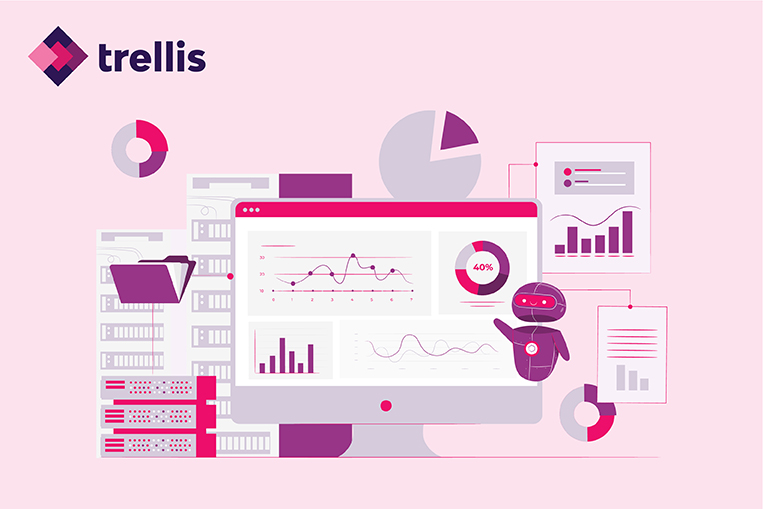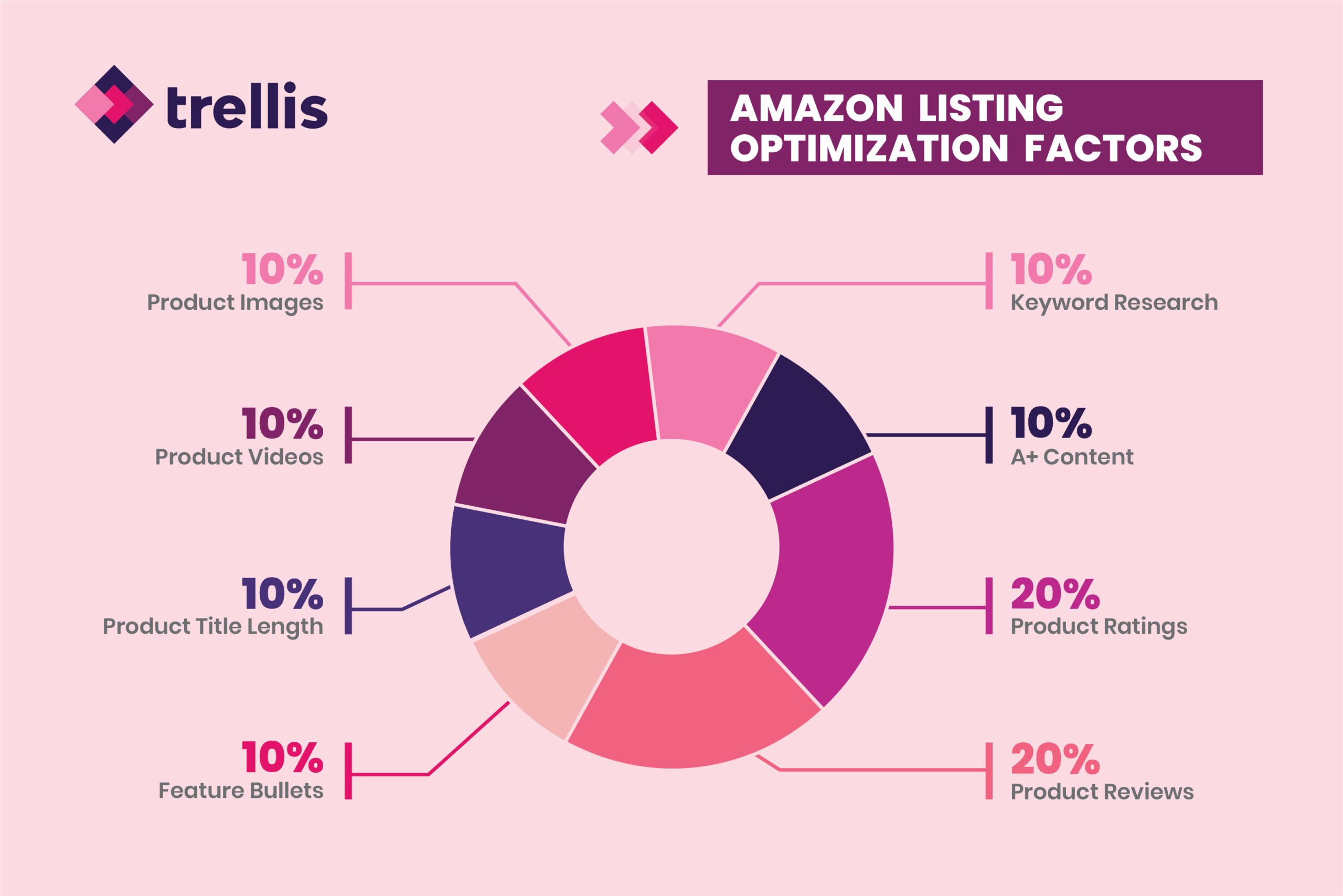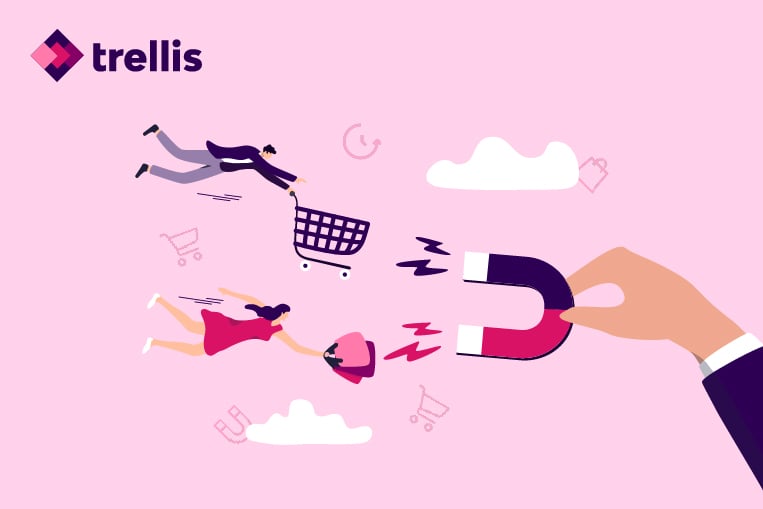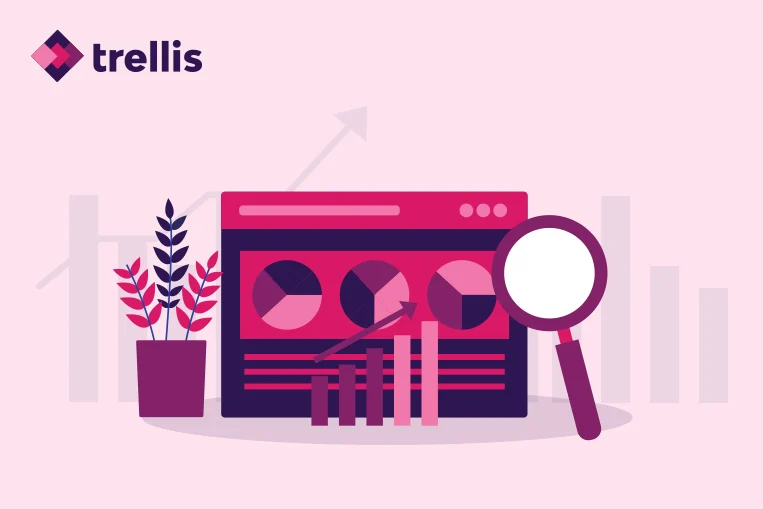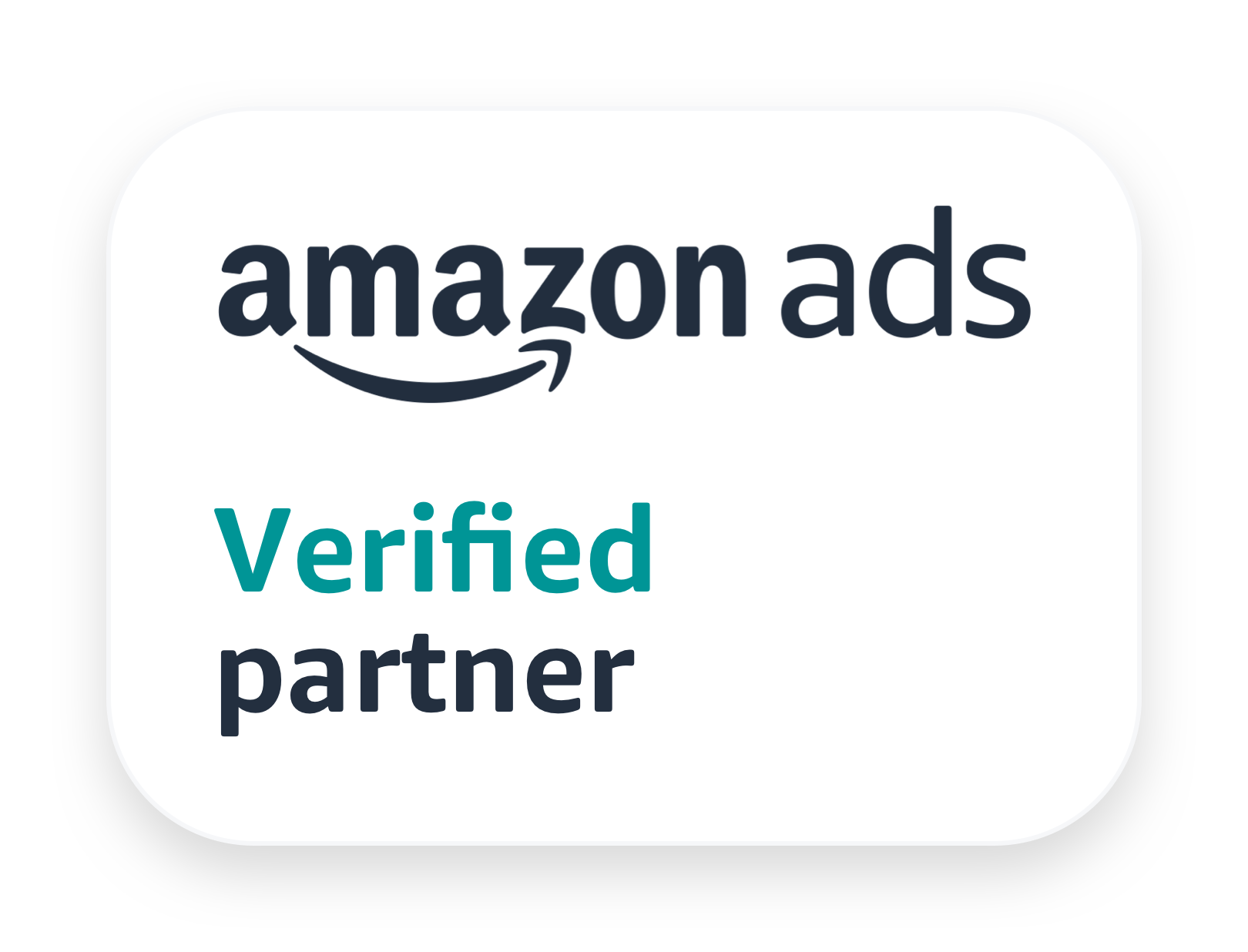As an Amazon seller, you already know the importance of Amazon PPC advertising. It is challenging to stay relevant among tough competition and the influx of sellers .
To meet success, you must have a clear understanding of how each metric impacts the bottom line. The online giant has set many performance metrics as a yardstick of your campaign performance.
Keeping track of these metrics is fundamental because it provides the following advantages:
- Helping Amazon sellers understand their campaigns
- Providing information on your target audience
- Giving you details on the success or failure of your Amazon PPC
- Honing your next approach in PPC advertising
Common Amazon PPC Metrics
To understand your success, it’s important to consider the following Amazon PPC metrics:
1. Click-Through Rate (CTR)
This is the number of times potential customers click on your ad after seeing it. CTR is a percentage and equals clicks divided by the number of times it has been shown (impressions). A higher CTR is better. It means that your ad is capturing the attention of potential customers. It can help you understand if you’re on the right track even if it’s not a direct indicator of success.
2. Conversion Rate (CVR)
The conversion rate is the number of times customers convert after clicking on your ad. This desired action could be anything from purchasing to signing up for a newsletter. A higher conversion rate means your ad is more effective at increasing sales. The main downside is that you could be acquiring relevant traffic at a significant cost which is not captured by conversion rate alone.
3. Advertising Cost of Sale (ACoS)
In Amazon PPC, the advertising cost of sale (ACoS) is the ratio of your ad spend to the revenue generated from your ads. An ACoS above 100% means you are spending more on your ads than making sales, which is not sustainable. An ACoS below 100% means that your ad spend is less than your sales revenue. When establishing a benchmark for ACoS you have to consider other costs as well. Adding up all of these costs will establish your break-even ACoS which can often be anywhere from 60-80% of your revenue. In this case, the remaining 20-40% is the wiggle room you have for spending on ads.
4. Break-Even ACoS
This is the advertising cost of sale at which your ad spend and additional costs equal your sales revenue. This is the point at which your ads are neither profitable nor unprofitable. To get under your break-even ACoS, you need to lower your ad spend or another cost, or increase your the price of your product.
5. Return on Advertising Spend (RoAS)
In this context, return on advertising spend (RoAS) is the ratio of your sales revenue to your ad spend. A higher RoAS means you make more money from your ads than you pay for them. A RoAS below 1, on the other hand, means that you are spending more on your ads than you are making in sales, which is not a sustainable situation.
6. Total Advertising Cost of Sale (TACoS)
Today, it’s common for Amazon sellers to use many advertising platforms to reach potential customers. The total advertising cost of sale (TACoS) is the ratio of your ad spend on all platforms to the revenue generated from all platforms.
The Amazon ACoS and RoAS Trap
As trends show, most Amazon sellers obsess over ACoS and RoAS. They believe that they are the only Amazon PPC metrics that matter. Such sellers don’t view their performance metrics from a holistic perspective and tend to have a narrow approach to running their business. This is trap that has led Amazon sellers into stagnation. ACoS and RoAS are essential but come with limitations.
ACoS on Amazon only takes into account ad spend and does not take into account other costs like shipping or fulfillment. This can lead to skewed results, especially for products with high shipping costs. In this case, fixating on ACoS may pull you away from advertising products with simple and inexpensive supply chains and overhead.
In addition, ACoS does not consider the lifetime value of a customer. In many cases, you can have a high ACoS but still be profitable in the long run if customers continue to purchase from you. This is why it’s important to use a tool like Trellis which tells you about your loss-leaders and the products that people keep returning to.
RoAS has similar issues as it only takes into account sales generated from ads. Other important factors like brand awareness or customer loyalty have a dollar value that will often not be considered in RoAS. Focusing too much on short-term sales rather than building a strong brand can contribute to stagnation in the long-term.
The Bigger Picture – What is TACoS on Amazon?
On Amazon it is the cost of your ad spend against revenue generated from organic and paid traffic. TACoS is important as paid advertising accelerates organic traffic and repeat purchases. When your product is selling, you will climb the organic ranks and familiarize your product with return customers. This three-fold affect is important to keep track of because you may miss out on overall growth if you are focused on the sale in front of you.
With this in mind, your TACoS should be significantly less than 100%. If your TACoS exceeds 100%, you are losing money on advertising spending. If your TACoS is consistently above 100%, it is a good idea to reevaluate your advertising strategy.
In summary, TACoS presents a more comprehensive view of Amazon PPC advertising by offering the following benefits:
- Helping sellers monitor business profitability
- Helping to track advertising profitability over time
- Clarifying the performance of dependent products in advertising
- Identifying the affect of organic and repeat sales on your bottom line
What Metrics Are Holistic Indicators of Merchandising Performance?
TACoS is the most appropriate Amazon PPC metric to evaluate your bottom line. However, being aware of where the finish line is does not always help you run the race. That’s why it’s essential to take a holistic approach when analyzing your metrics. It’s the only way you’ll get a clear picture of how your business is performing and it’s how Trellis runs campaigns so effectively.
Aside from understanding advertising metrics, you also need to evaluate other merchandizing factors:
1. Inventory Costs
As an Amazon seller, it’s essential to track your inventory cost. This is the cost of goods sold plus the shipping, handling, and storage charges associated with getting the product to Amazon. In other words, it’s the cost of acquiring and storing the products you sell on Amazon. Understanding inventory costs is critical as it allows you to understand the actual cost of goods sold while offering insight into which goods to sell on Amazon based on their associated costs.
2. Product Pricing
You need to use product pricing as a measure of merchandising performance as it affects your top and bottom lines. Product pricing should be in line with your target gross margin and change dynamically based on your business strategy, industry trends, and competition.
3. Advertising Costs
Some Amazon sellers don’t factor in advertising costs when calculating their merchandising performance. This is a mistake as ad spend will impact your profits. Advertising on Amazon can be expensive and eat your profits if you’re not careful. As an Amazon seller, you need to track your ad spend to adjust your prices accordingly.
4. Promotional Cost
Besides including advertising costs, you need to consider the cost of any promotions you’re running on Amazon. Over the years, Amazon sellers have become more creative with their advertisements. Some popular promotional activities include Lightning Deals, Amazon Prime Day, and Black Friday/Cyber Monday. Promotions can be expensive and diminish your profits if not managed correctly.
5. Content Production Costs
Product descriptions and images are no longer enough in today’s eCommerce landscape. Consumers want more. They want product videos, blogs, infographics, A+ content, and much more. As an Amazon seller, you must create high-quality content to stand out from the competition. However, producing quality content comes at a cost. Therefore, you need to factor in the price of content production when calculating your merchandising performance.
Make eCommerce Merchandising Simple
As an Amazon seller who has been in the industry for a while, you already know that this is not the simplest industry to operate in. The extreme level of competition from other sellers forces you to remain alert and also competitive.
That’s why it’s important to understand your entire funnel and to act accordingly. Honing in on this data is not always easily and that’s why Trellis is here to support. Our ads automation looks at indicators across the funnel, including top of the funnel metrics and repeat customers to take action.
Trellis can take this action even as customers needs are changing. We can support your merchandising efforts as you continue to provide quality products.
Book a demo with Trellis today to see how our automation platform can make eCommerce merchandising simple.
